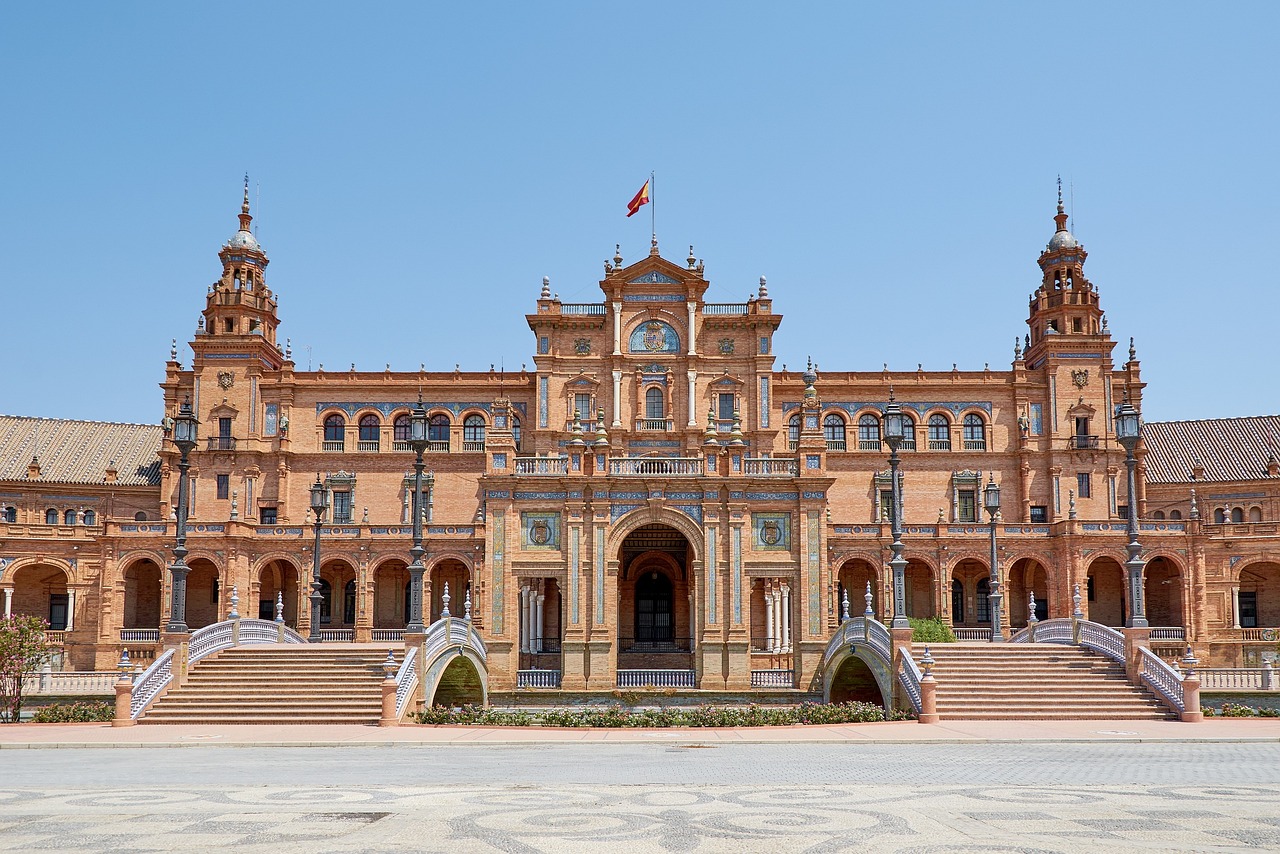Spain is rich in history and culture, a unique political landscape that has evolved over centuries. Spain has a parliamentary constitutional monarchy, combining elements of both democracy and monarchy in its government structure.

Constitutional Monarchy
At the heart of Spain’s government lies a constitutional monarchy, which means that while the country is ruled by a king or queen, their powers are limited by a constitution and the rule of law. The Spanish monarchy is ceremonial in nature, and the monarch’s role is largely symbolic. As of 2021, King Felipe VI is the reigning monarch.
Parliamentary Democracy
Spain’s government also functions as a parliamentary democracy, where the power of governance is vested in the hands of elected representatives. The Spanish Parliament, known as the Cortes Generales, consists of two houses: the Congreso de los Diputados and the Senado. The Congress holds a significant role as the lower house, representing the people of Spain and playing a pivotal role in lawmaking and governance.
The President
The head of the Spanish government is Presidente del Gobierno (the Prime Minister), who is responsible for running the country’s day-to-day affairs. The Prime Minister is the leader of the political party that holds the majority in the Congress of Deputies and is appointed by the monarch. This leader is expected to maintain the confidence of the parliament to stay in power.
Multi-Party System
Spain has a vibrant multi-party system, with a variety of political parties reflecting diverse ideologies and regional interests. This diversity is a result of Spain’s history, which includes regional autonomy and cultural differences. Notable parties include the Spanish Socialist Workers’ Party (PSOE), the People’s Party (PP), and various regional parties like the Catalan Republican Left (ERC) and Basque Nationalist Party (PNV).

Regional Autonomy
A distinctive feature of Spain’s political landscape is its system of regional autonomy. The country is divided into 17 autonomous communities and two autonomous cities, each with its own level of self-governance and decision-making power. This arrangement acknowledges the cultural, linguistic, and historical differences among various regions, like Catalonia and the Basque Country.
Challenges and Evolution
Despite its stable democratic foundation, Spain’s government has faced its share of challenges, including economic difficulties, issues related to regional autonomy, and the broader European Union dynamics. Over time, the Spanish government has continued to evolve to address these challenges and adapt to changing circumstances, demonstrating the resilience of its political system.
In conclusion, Spain’s government is characterized by a constitutional monarchy with a parliamentary democracy. This unique blend of monarchy and democratic principles, coupled with regional autonomy and a multi-party system, forms the basis of Spain’s governance structure. As the country continues to navigate the complexities of the modern world, its political system remains a fascinating and dynamic aspect of its national identity.



